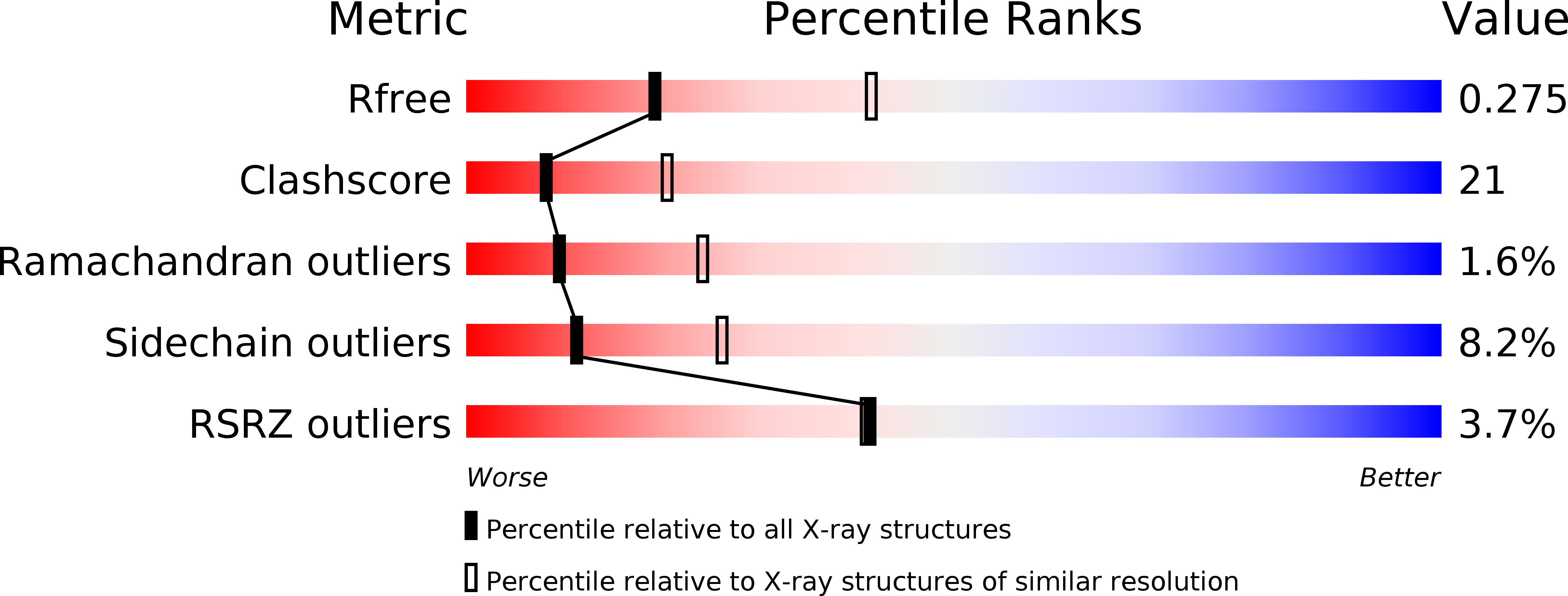
Deposition Date
2000-12-21
Release Date
2001-01-12
Last Version Date
2024-11-06
Entry Detail
PDB ID:
1HH9
Keywords:
Title:
ANTI-P24 (HIV-1) FAB FRAGMENT CB41 COMPLEXED WITH A PEPTIDE
Biological Source:
Source Organism:
synthetic construct (Taxon ID: 32630)
MUS MUSCULUS (Taxon ID: 10090)
MUS MUSCULUS (Taxon ID: 10090)
Method Details:
Experimental Method:
Resolution:
2.70 Å
R-Value Free:
0.33
R-Value Work:
0.28
R-Value Observed:
0.28
Space Group:
P 61 2 2


